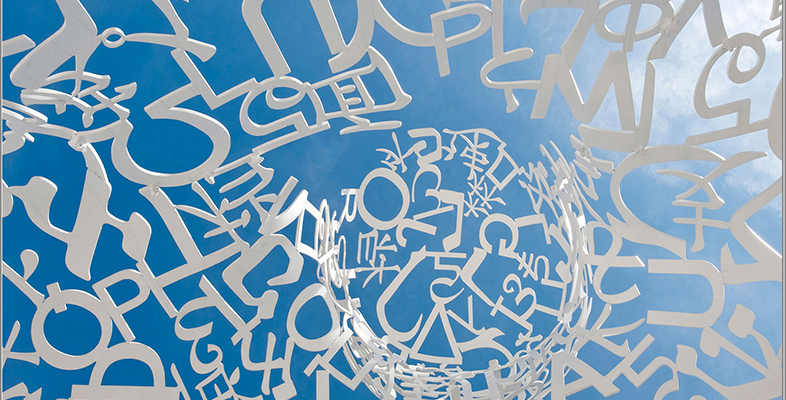5.2 Comparing translating and interpreting
The main difference between translating and interpreting is that translation uses the written language whereas interpreting uses the spoken language. While both share many features, the fact that they use different channels (visual versus auditory) results in some important differences.
Activity 37
Before we look at different types of interpreting it is important to understand the similarities and differences between translating and interpreting.
Take a few minutes to reflect on the question:
‘What similarities do you think there might be between translating and interpreting?’
Make notes in the box below on the following:
- the purpose of the translation and interpreting
- the types of language involved
- whether language is the only thing to be mediated or if cultural assumptions, norms, behaviours, etc. are also relevant
- the providers of interpreting and translation services
- the ideal ‘presence’ of the translator/interpreter (should they be invisible or not?).
Discussion
You might have mentioned some of the following similarities between translating and interpreting.
- The purpose of both activities is mediation between speakers of different languages.
- The language involved may be general, involving commonly understood lexis, or highly specialised, using technical or very specific terminology.
- In addition to the language itself, the two activities may also require a degree of cultural mediation.
- Non-professional interpreters and translators are often used as and when the need arises, especially in informal situations. However, translation and interpreting are both well-established professions and there is a wide range of freelance and corporate providers of interpreting and translation services.
- The translator/interpreter should normally aim to be an ‘invisible link’ between the two parties, following a strict ethical code of impartiality. However, in a creative context, such as translating fiction, translators may be more visible as they add their own layer to the work.

